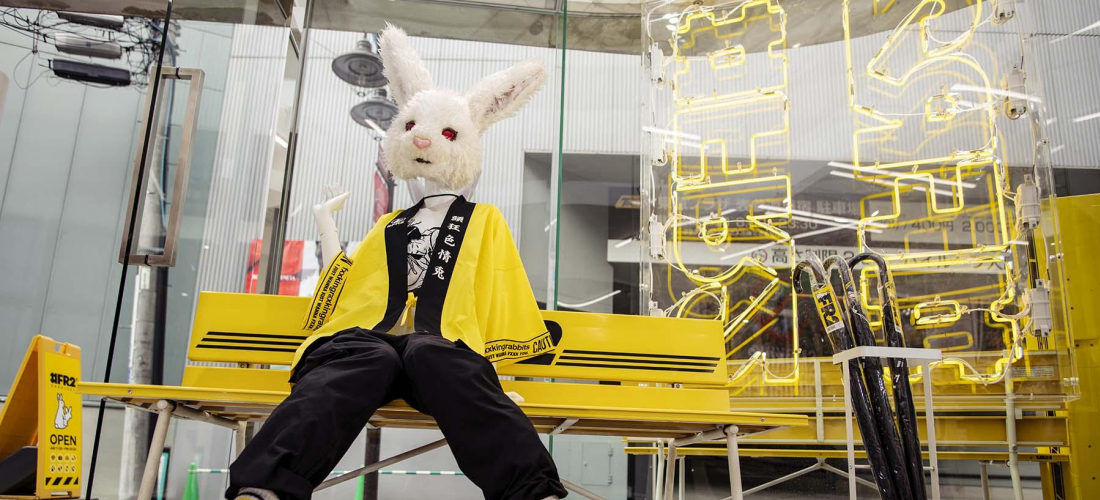CONTENTS
On the busy streets of Tokyo, fashion can set the mood of the city, but sometimes the mood of the city sets the style of that fashion.
Tokyo, a city of the world's most unique fashion trends, constantly intermingling to create brand new looks. In this city of hybrid styles, there's one street undeniably at the heart of Tokyo fashion in the first half of the 21st century, connecting the areas of Harajuku and Omotesando to Shibuya, with a rather unassuming name: Cat Street.
The “Fashion Road” to Shibuya
In Shibuya Ward's Jingumae area, from the 3rd chome district to the 5th, Cat Street stretches for about a kilometer connecting the heart of Shibuya and Harajuku's Omotesando, running roughly parallel southeast of Meiji-dori Avenue. You wouldn't know it just by looking nowadays, but this street was once the Shibuya River, before infrastructure changes in 1964 buried the flowing water underground and built a road on top. Cat Street's official name is actually "Kyushibuyagawa Yuhodoro" (旧渋谷川遊歩道路), which literally means the "Former Shibuya River Promenade Street." When the original narrow alley was widened enough to allow cars to pass through, small boutiques and cafes started popping up, eventually turning Cat Street into a popular destination with all the trends of Tokyo distilled into a 10-minute walk.
Why Is It Called “Cat Street”?
Cat Street has long been a beloved nickname for this fashionable street, but the origins of this moniker are not so clear, and there are a few competing theories. Some say that the street used to be home to a number of stray cats, which would be the most obvious origin story, but others will tell you that the street was named for the Japanese rockabilly band Black Cats, a band rumored to have come together on this trendy street. There's even the theory that Cat Street was so named because it's small and narrow, just like a cat's face!? There's no hard evidence that proves any of these theories to be the sole root of the nickname, and it's always possible that locals just took inspiration from the similarly named streets found in London and Hong Kong. Maybe the name Cat Street was just meant to be.
What to Look For on Cat Street
For Cat Street regulars, the first thing to come to mind when discussing the street is usually the many unique thrift stores and vintage boutiques. When it comes to the title of "Holy Land of Secondhand Shopping," the neighborhood of Shimokitazawa wears the crown, but in this part of Tokyo, Cat Street is something of an unnamed champion. Near the northern intersection with Omotesando, Ragtag is a major player in the area, upholding Cat Street's trendy reputation by offering a wide variety of secondhand items from popular upscale brands.
Cat Street also has some swankier shops and showrooms from international brands, and spots selling quick bites of trendy street food. Even for visitors who don't plan on spending much money while there, just window shopping and enjoying the atmosphere full of Japanese pop culture and Gen Z trends is a great way to enjoy the area. Plus, waiting for you at the southern end of the street is the heart of Shibuya, busy with all kinds of big changes and construction projects.
From Miyashita Park to Fire Street
Slip out the south end of Cat Street, and as soon as you arrive on Meiji-dori Avenue winding its way through Shibuya, your eyes will meet with a barrage of glittering silver and bright yellow from the ostentatious Louis Vuitton storefront that welcomes you to a new and improved Miyashita Park. Not so long ago, this sliver of Shibuya was a run-down little park by the train tracks, but in summer 2020 it was reborn as a shiny new shopping complex, with a rooftop park and a tall hotel towering overhead.
Clearly aiming to become a Shibuya fashion landmark, Miyashita Park's street-level storefronts include the aforementioned LV, alongside other brand names like Gucci and Balenciaga, and a sleek new flagship store from New York street-fashion-influenced brand Kith.
Walk along the concrete wall stenciled with Shibuya-esque street art, and you'll find yourself face-to-face with a somewhat punk Hachiko at the grand entrance to Shibuya's Tower Records. This busy road is nicknamed Fire Street, and unlike Cat Street, there's one clear reason for the moniker: this is also the road where you'll find Shibuya's fire station. But the alleys branching off of this simply-named street are home to boutiques full of new and used fashion, all frequented by the fashionistas of Tokyo so religiously that you might mistake them for shrines to Shibuya style.
The Basecamp for Shibuya Fashion
This whole area around Fire Street is studded with hugely popular Japanese fashion brands, including old standbys like Beams, United Arrows, Freak's Store, and Studious, plus secondhand shops like Ragtag, Rinkan, and Bazzstore. It's not hard to see why the fashion-conscious in Shibuya treat it like home base!
Fashion = Street = Fashion
Just by walking this route from Cat Street to Fire Street and beyond, even the least fashion-focused among us are likely to catch a glimpse of our own unremarkable outfits reflected in the glass of the shop windows and think "maybe I could use a wardrobe update." But of course, there's no better time than now to start on your new fashion journey! If these stylish streets have you feeling motivated to find your own style, then for now you can search the world of Japanese fashion for inspiration, and who knows, before long you might have found yourself a brand new look.
Details
NAME:Cat Street (キャットストリート)
Looking for the latest trends and products coming out of Japan? We've got you covered!

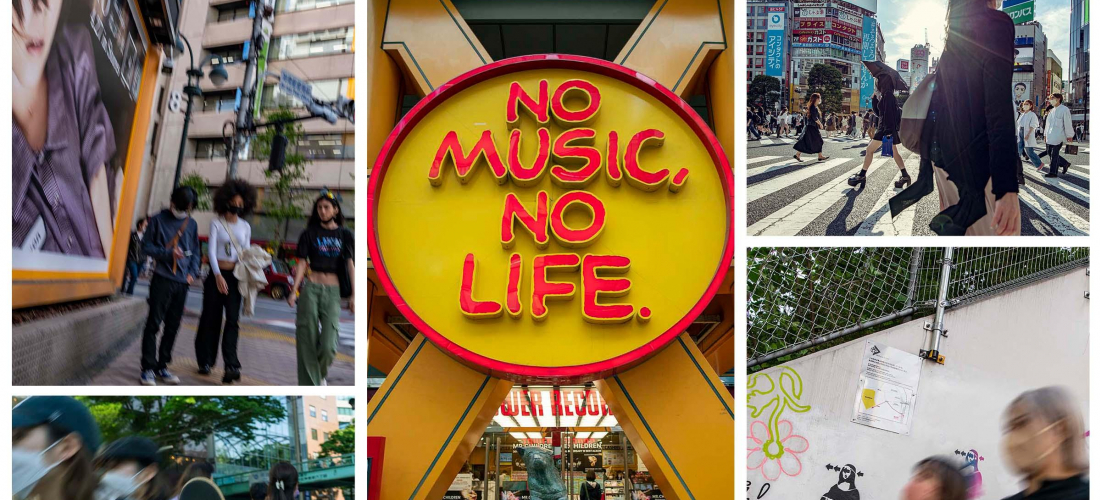



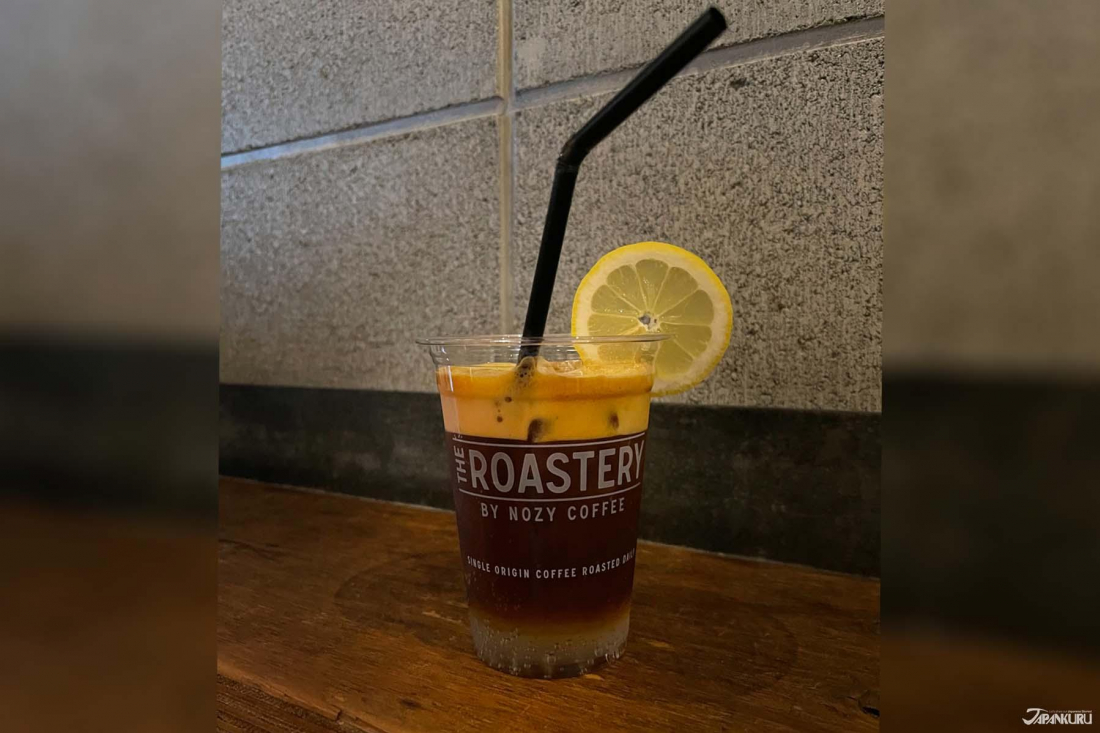
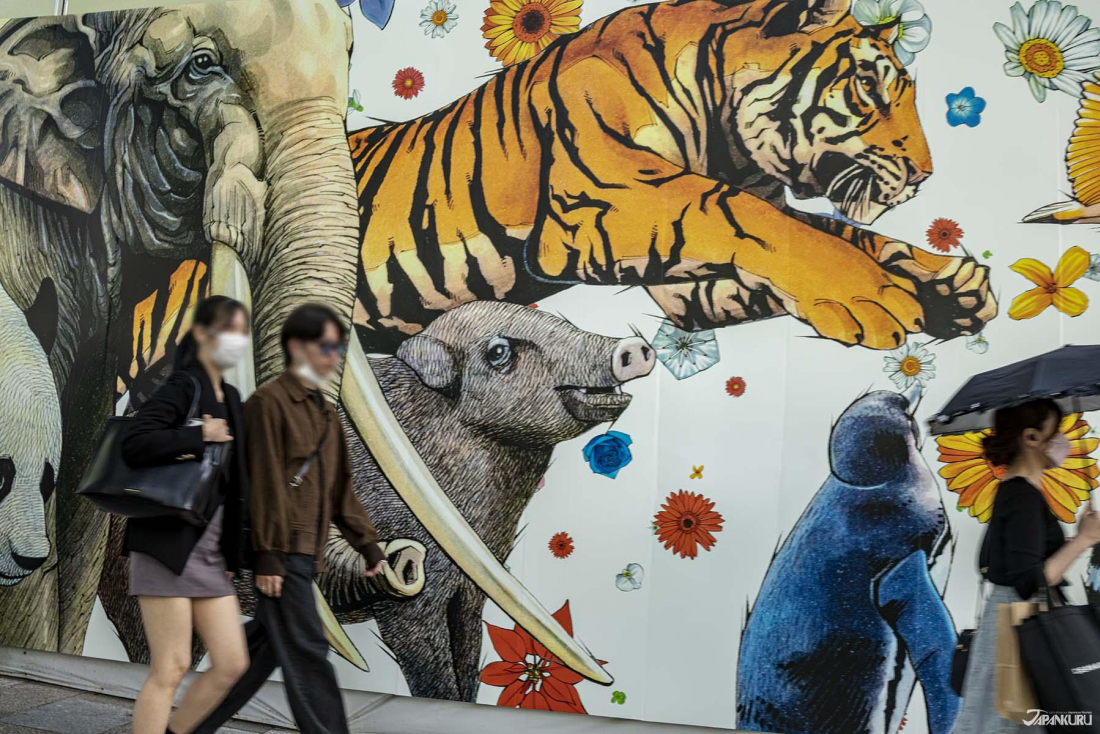
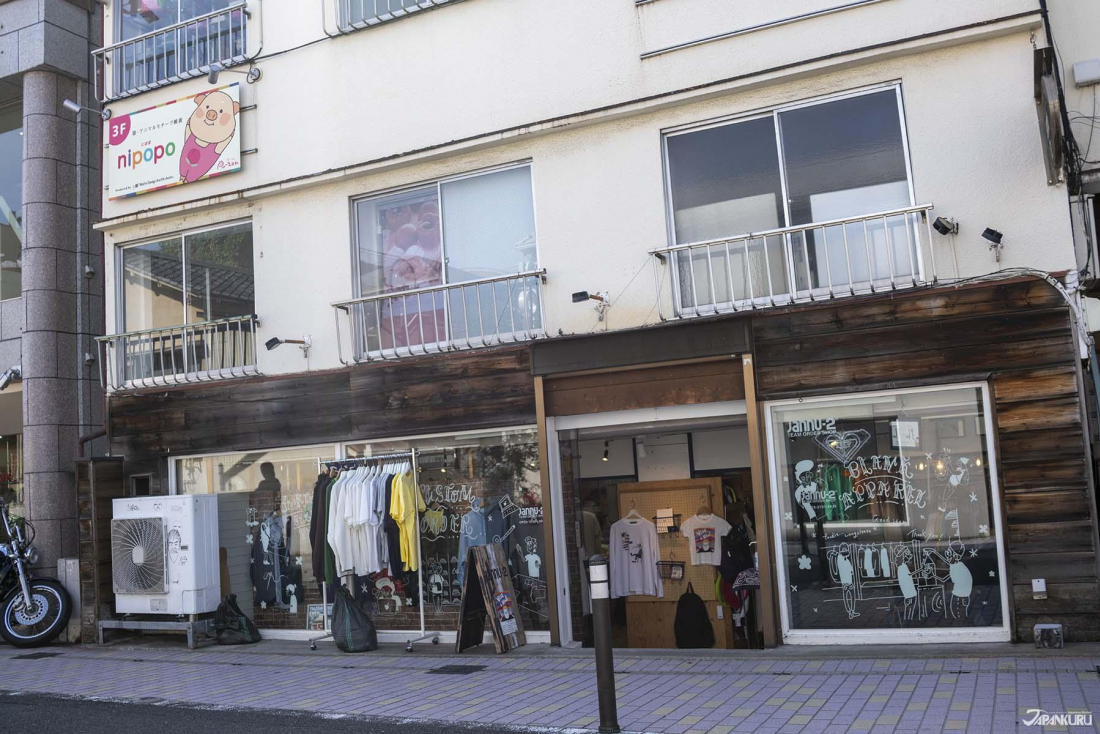
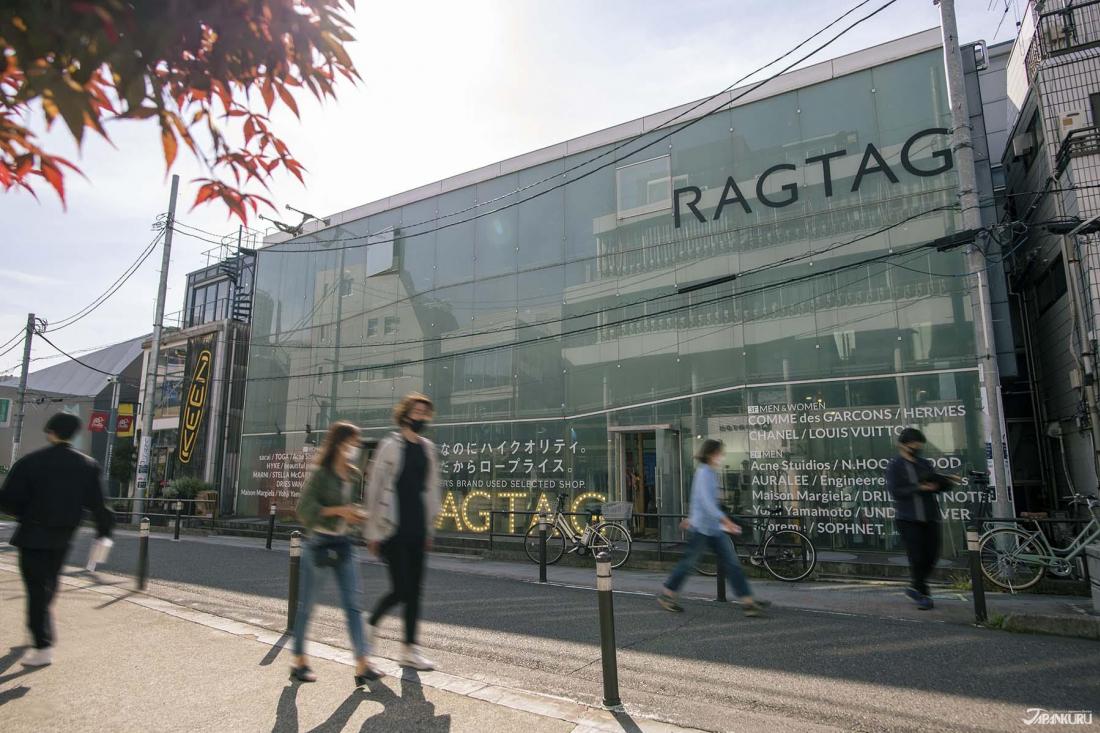

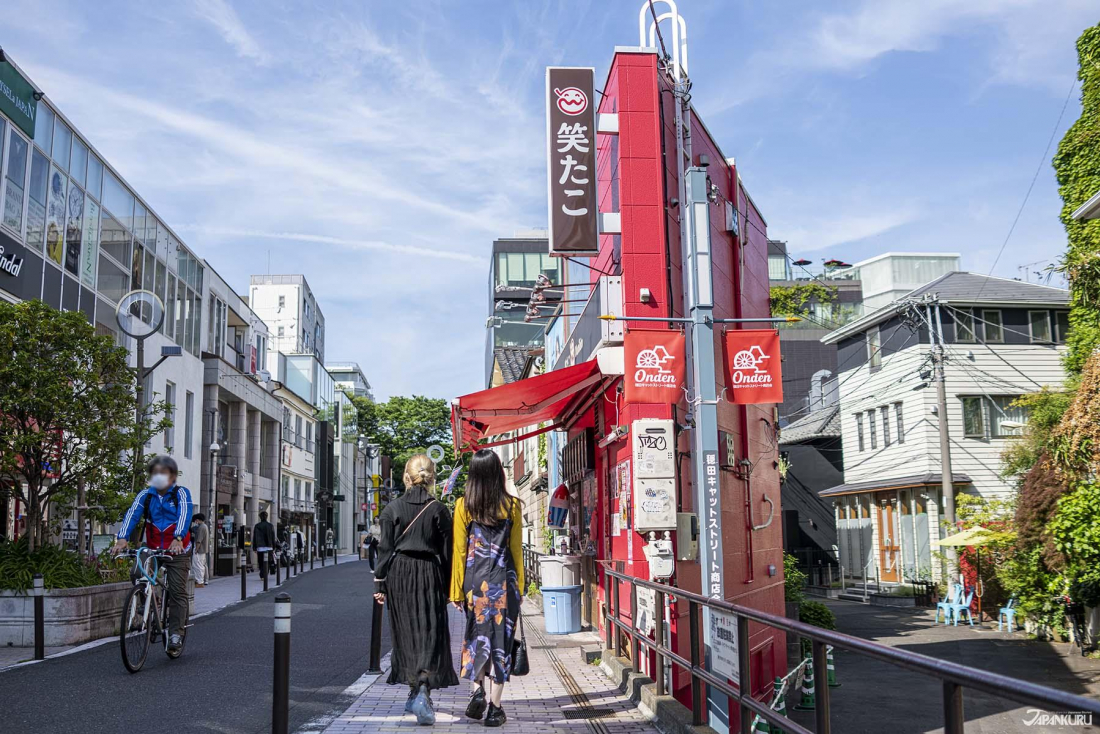

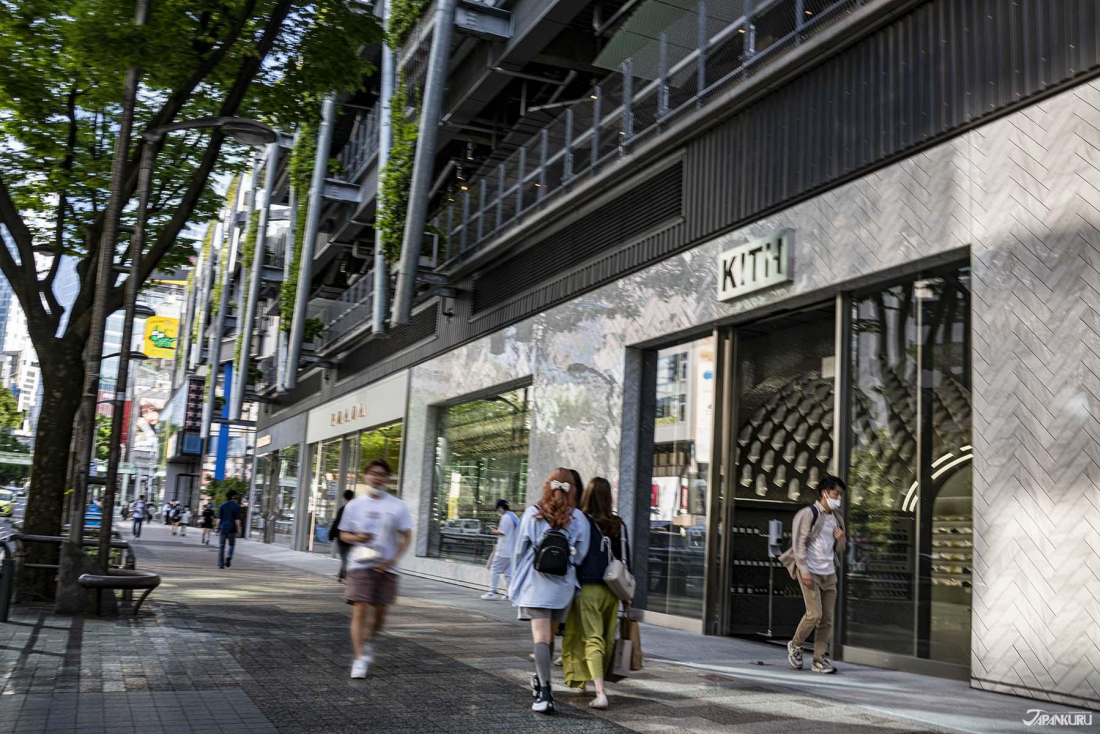
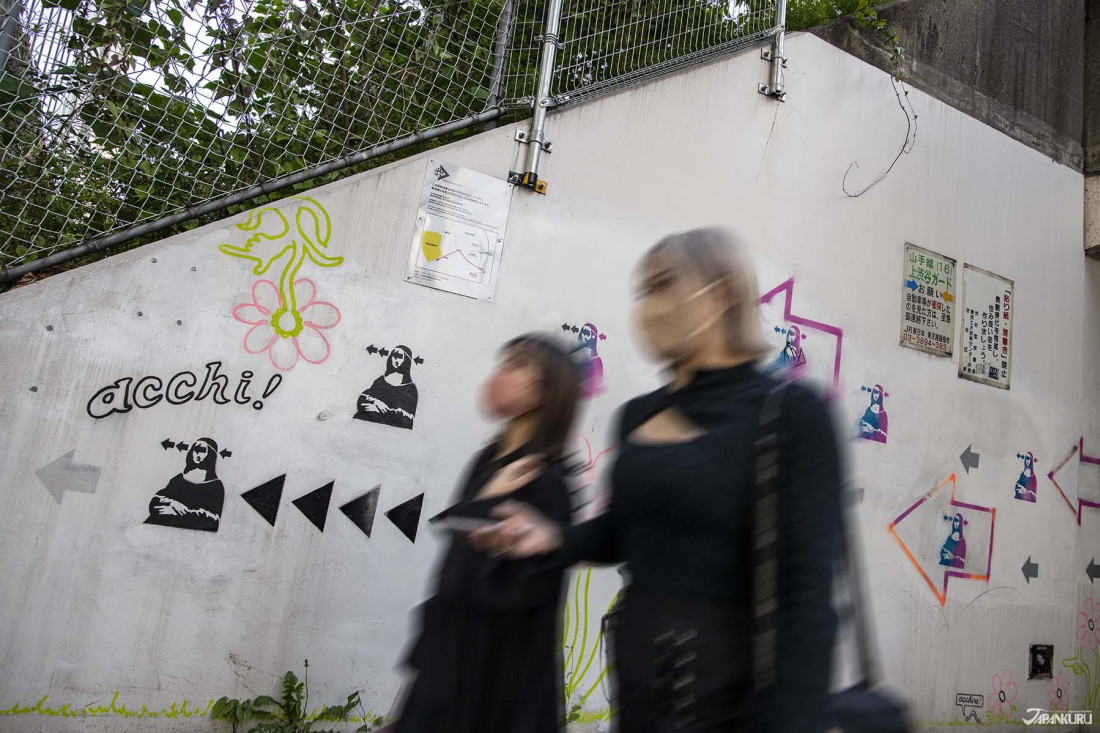
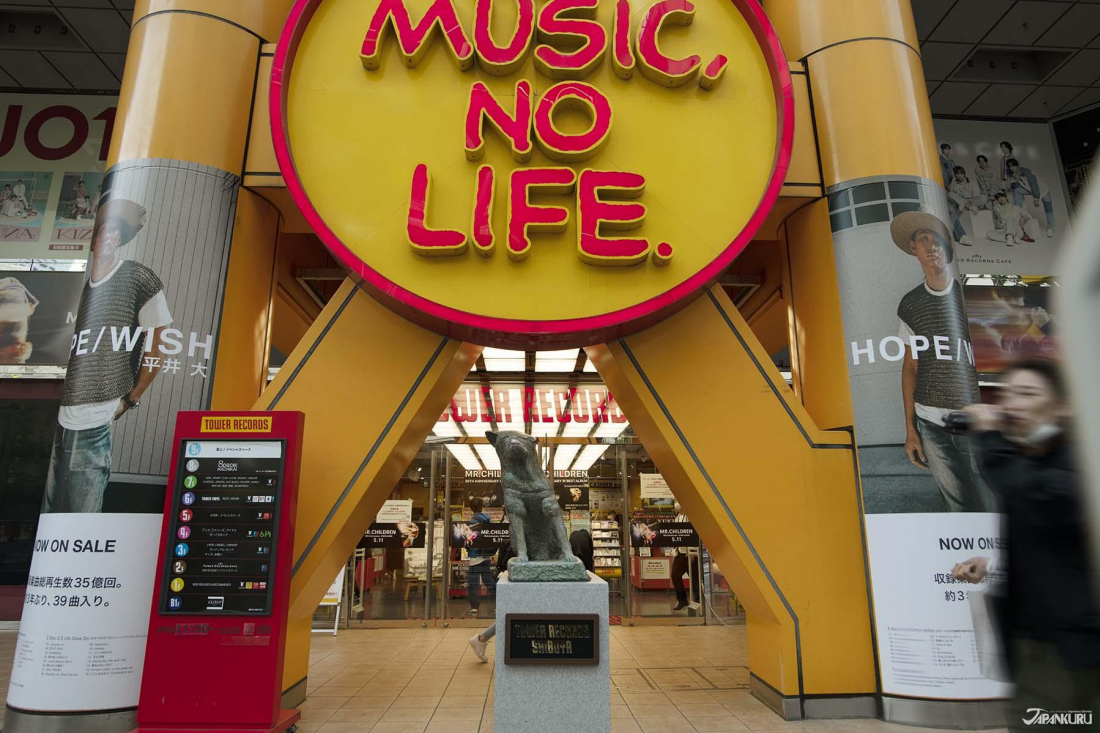
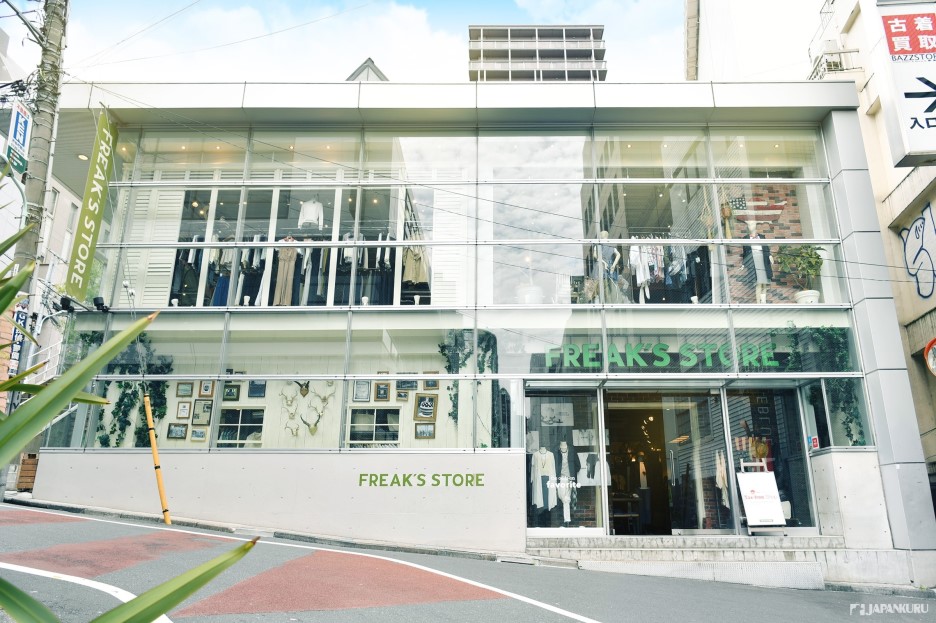
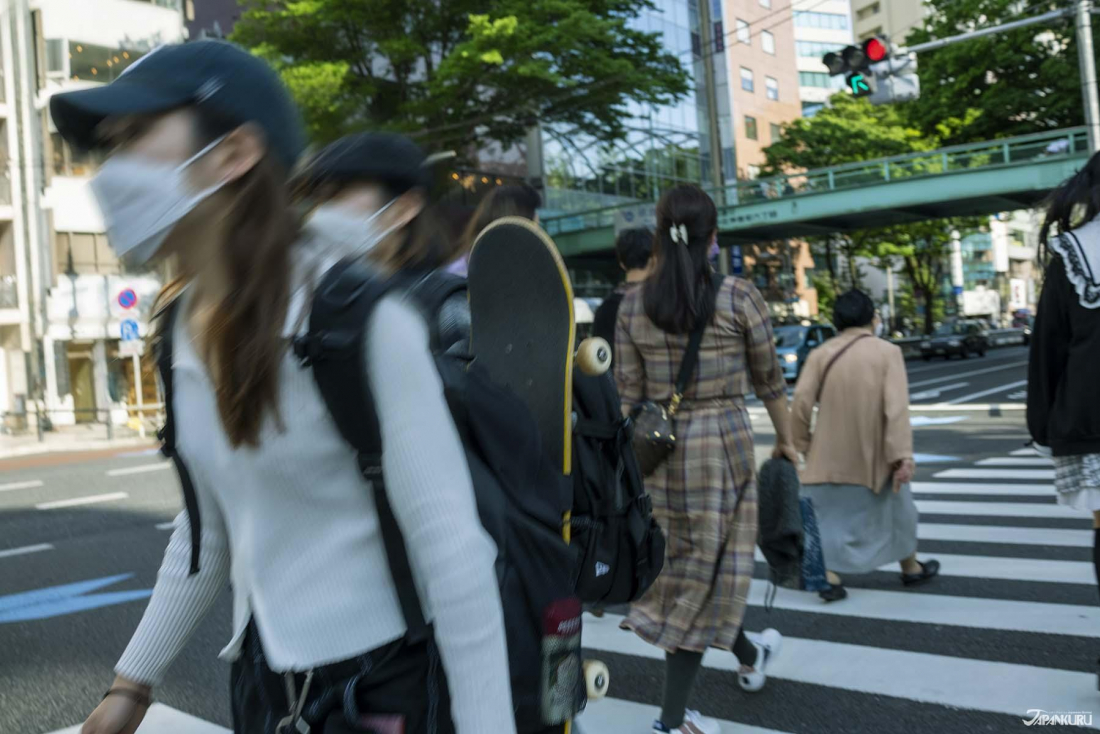




 >> Find out more at Japankuru.com! (link in bio)
#
>> Find out more at Japankuru.com! (link in bio)
#





 The Robot Restaurant is gone, but the Samurai Restaurant is here to take its place. Check it out, and don't forget your coupon!
The Robot Restaurant is gone, but the Samurai Restaurant is here to take its place. Check it out, and don't forget your coupon!
 신주쿠의 명소 로봇 레스토랑이 사무라이 레스토랑으로 부활! 절찬 쿠폰 발급중
신주쿠의 명소 로봇 레스토랑이 사무라이 레스토랑으로 부활! 절찬 쿠폰 발급중
 18歲以上才能入場的歌舞秀,和你想的不一樣!拿好優惠券去看看~
#tokyo #shinjuku #samurairestaurant #robotrestaurant #tokyotrip #도쿄여행 #신주쿠 #사무라이레스토랑 #이색체험 #할인이벤트 #歌舞伎町 #東京景點 #武士餐廳 #日本表演 #日本文化體驗 #japankuru #japantrip #japantravel #japanlovers #japan_of_insta
18歲以上才能入場的歌舞秀,和你想的不一樣!拿好優惠券去看看~
#tokyo #shinjuku #samurairestaurant #robotrestaurant #tokyotrip #도쿄여행 #신주쿠 #사무라이레스토랑 #이색체험 #할인이벤트 #歌舞伎町 #東京景點 #武士餐廳 #日本表演 #日本文化體驗 #japankuru #japantrip #japantravel #japanlovers #japan_of_insta
 코지마 x 빅 카메라 쿠폰으로 일본 가전 제품 쇼핑하기
#pr #japankuru #japanshopping #kojima #biccamera #japaneseskincare #yaman #dji #osmopocket3 #skincaredevice #日本購物 #美容儀 #相機 #雅萌 #日本家電 #일본여행 #면세 #여행꿀팁 #일본쇼핑리스트 #쿠폰 #일본쇼핑 #일본브랜드 #할인 #코지마 #빅카메라 #japankurucoupon
코지마 x 빅 카메라 쿠폰으로 일본 가전 제품 쇼핑하기
#pr #japankuru #japanshopping #kojima #biccamera #japaneseskincare #yaman #dji #osmopocket3 #skincaredevice #日本購物 #美容儀 #相機 #雅萌 #日本家電 #일본여행 #면세 #여행꿀팁 #일본쇼핑리스트 #쿠폰 #일본쇼핑 #일본브랜드 #할인 #코지마 #빅카메라 #japankurucoupon
































 Oita Hello Kitty Airport
Oita Hello Kitty Airport  Lands April 13th
Lands April 13th









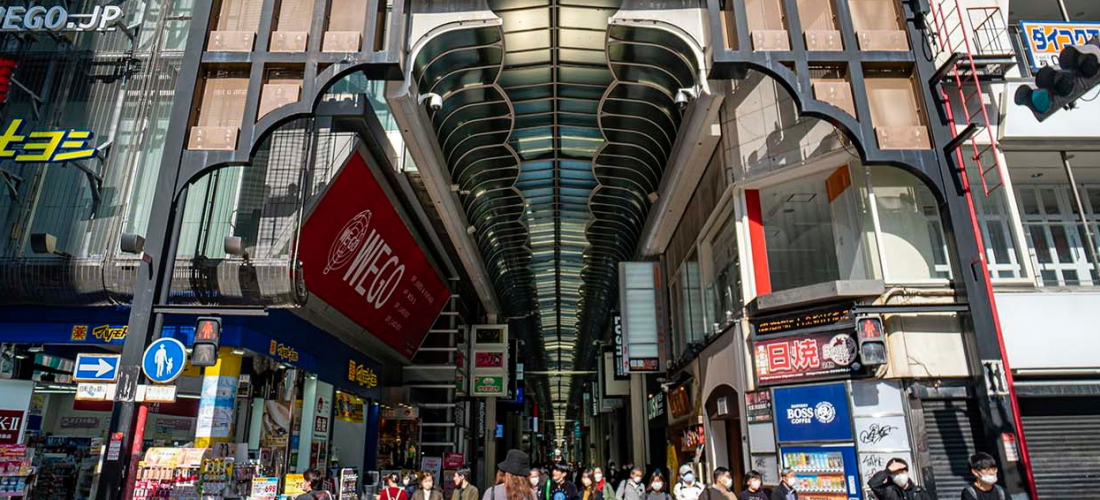
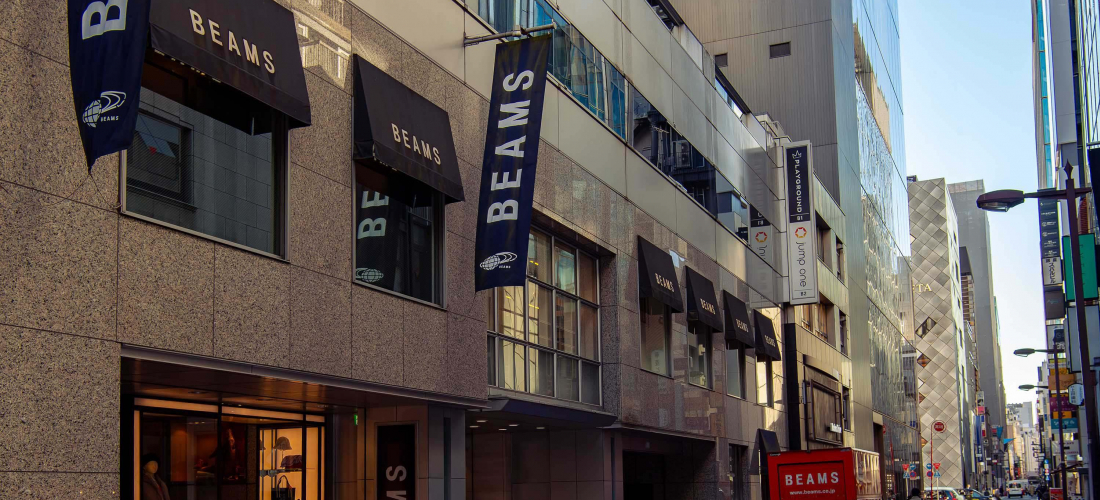
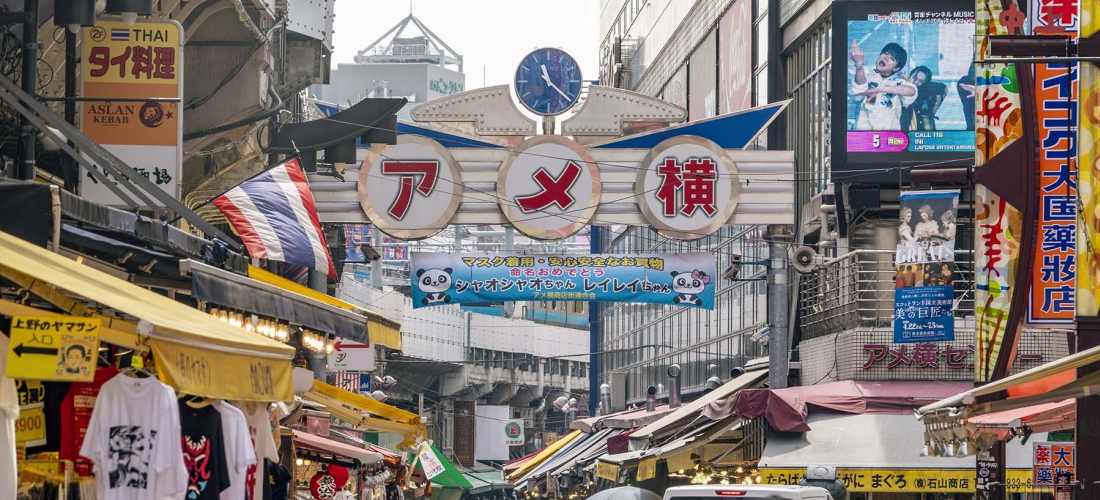
 An Ueno Shopping Guide
An Ueno Shopping Guide 